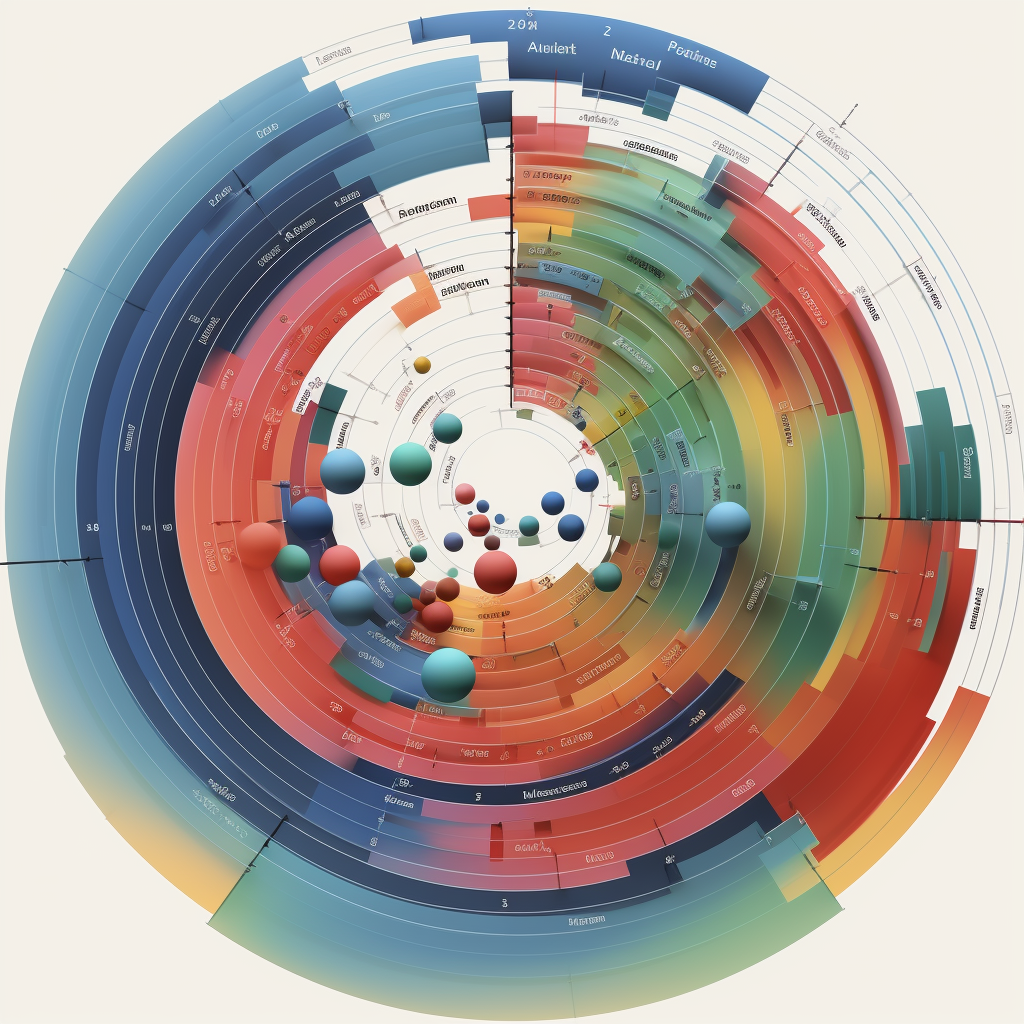Introduction to Multi-Touch Attribution Modeling Part-2

MTA models are quite flexible in the sense that you could design the consumer journey as per your business dynamics. In the previous post we did mention the streamlined consumer decision model but there is no saying that model would be applicable to a B2B software company. Its possible for your usecase you might not need to deep dive into the loyalty loop at all but just actuate the classic journey. Simply put, a consumer interacts with multiple touchpoints before converting. These journeys can be ever so complex and the question arises how to duly attribute the credit to attribution and optimize investments on media. This is where attribution models come in.

